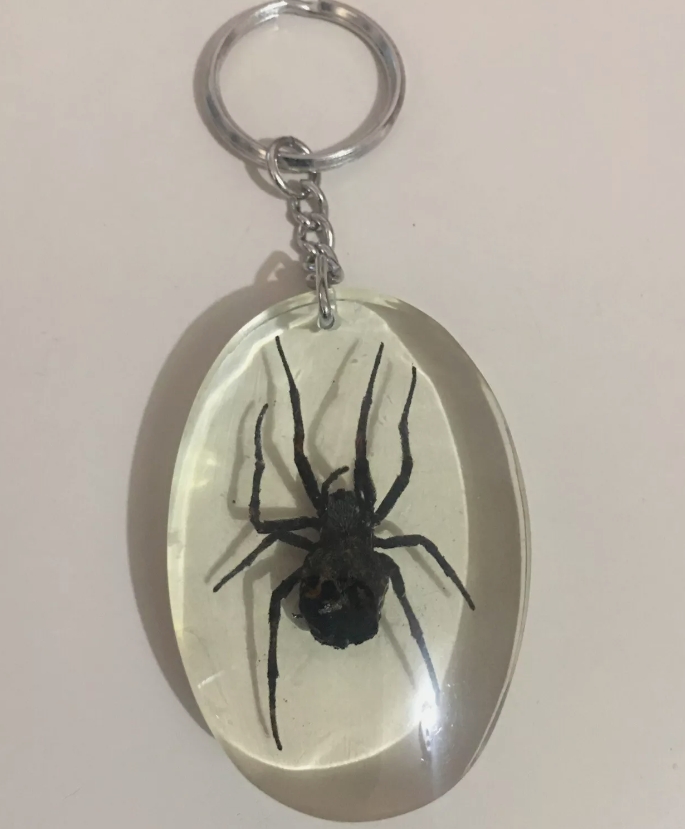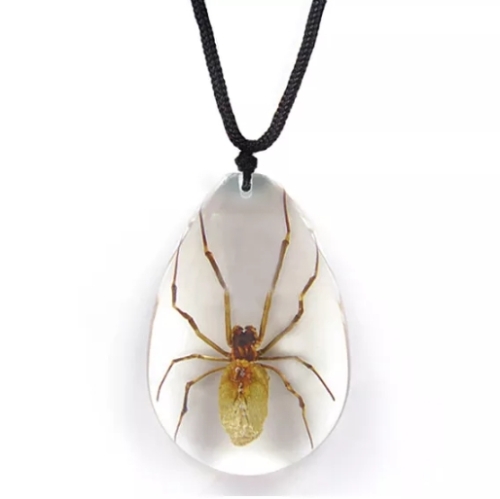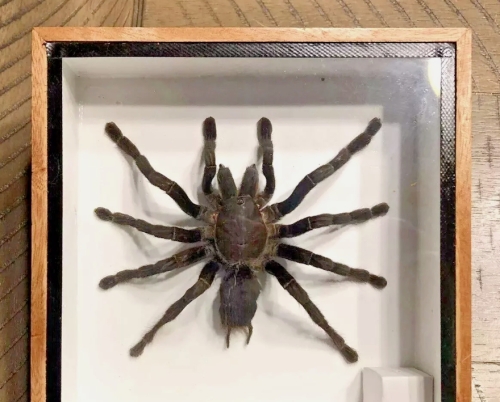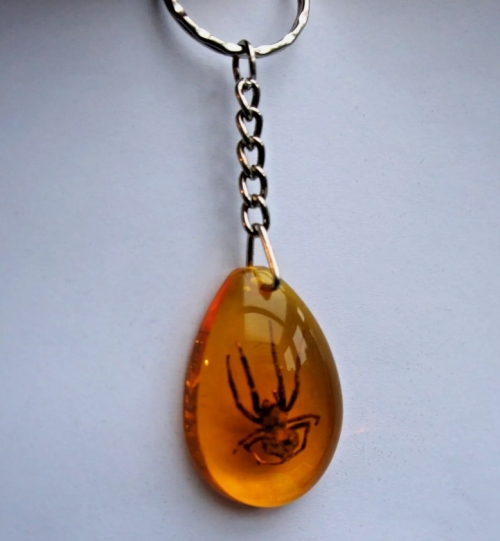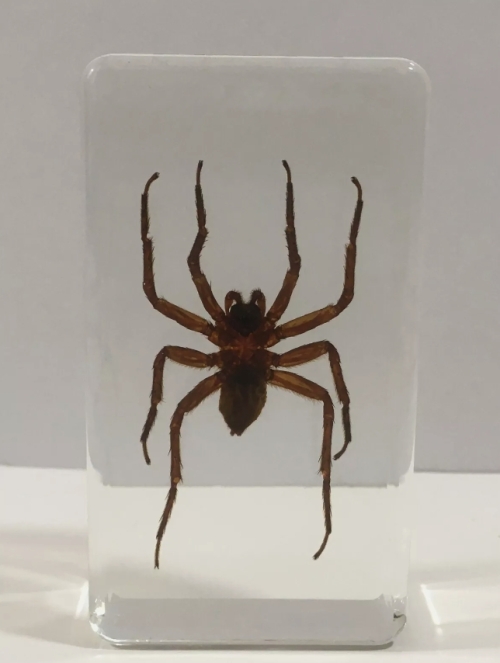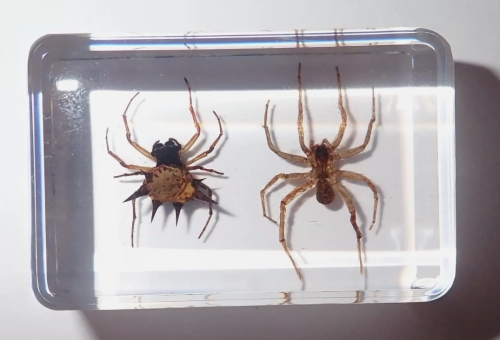Spiders are one of the most diverse and highly resilient creatures on Earth. As invertebrates, spiders not only play an important role in the ecosystem, but also attract the interest of many biologists and nature lovers. In recent years, the production and collection of spider specimens has gradually become a unique hobby and research field.
The process of making spider specimens is relatively complicated, but it is full of fun. First, choosing the right spider is key. Whether it is a common house spider, or some rare wild species, can be used as a specimen object. Be careful when collecting to make sure you don't damage the spider. In addition, it should be fixed as soon as possible after collection, so that its morphological characteristics can be preserved to the greatest extent. Common fixatives include ethanol or formalin.
After being fixed, the spider needs to be dried. Drying can be done by air drying or chemical drying. Air drying is the most common method, but in environments with higher humidity, chemical drying is more effective. After the processing is completed, the various parts of the spider will become harder and easier to display and store later.
Spider specimens not only have ornamental value, their appearance and structure also provide rich materials for academic research. By looking at the specimens, researchers can gain insight into the spider's anatomy, lifestyle, and role in the ecosystem. For example, the skills of spiders in hunting small insects, their reproduction methods, and their response to environmental changes can all be revealed through specimen studies.

